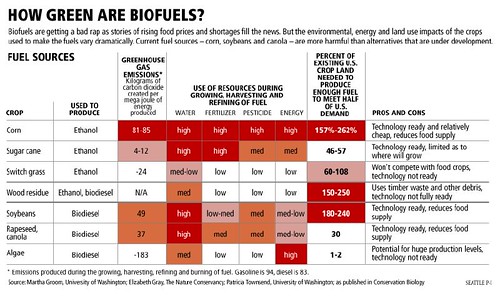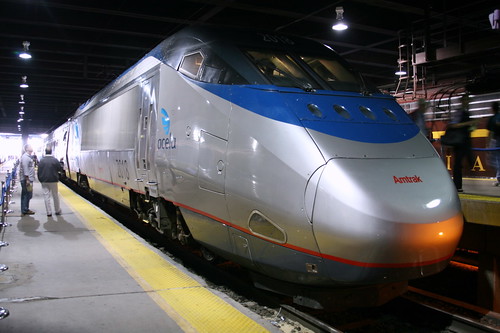A (Temporary) End of Privatization? Politics and the Financial Crisis Slow the Drive to Privatize
(Source: New York Times & Planetizen)
“Privatization, the selling of public airports, bridges, roads and the like to private investors, looks like a boom that wasn’t.
What happened? The financial crisis, for starters. The easy money that Wall Street was counting on to finance its purchases has largely disappeared. Then the Obama administration unintentionally damped interest with its $787 billion economic stimulus package, a windfall that local governments are now racing to spend.
Now the deals are falling apart. In April, a much-anticipated $2.5 billion plan to privatize Midway Airport in Chicago collapsed after a group of investors was unable to obtain debt financing. The deal, which had been in the works for four years, was to have been the first in a Federal Aviation Administration project that would have allowed up to five major airports to move into private hands.
The biggest was the failure last fall of the largest deal proposed to date — a $12.8 billion lease of the Pennsylvania Turnpike. Postmortems into that failed effort show that privatization advocates vastly underestimated the political opposition the deal would stir up in the Pennsylvania legislature.
Late last month plans to privatize “Alligator Alley,” a 78-mile stretch of Florida highway that connects Fort Lauderdale with Naples, collapsed when no bidders showed up. The failure has had a ripple effect — in Mississippi, state officials have pushed back the bidding schedule for a new 12-mile toll road.
Then there is the $1.2 billion privatization of 36,000 parking meters in Chicago. In the five months since the deal took effect, widespread complaints about poor service and rising parking rates have created a political firestorm for the Chicago City Council. Public opposition was so strong that on Wednesday the council approved a delay in voting on any future asset sales.
Chicago public officials have called the work of the private operator, Chicago Parking Meters L.L.C., “simply unacceptable.” For its part, the operator has apologized and announced it would delay price increases at the meters.
Proponents of public-to-private asset sales point to the $1.8 billion lease of the 7.8-mile Chicago Skyway in 2004 and the $3.8 billion raised by Indiana through a 75-year lease of its toll road in 2006 as successful pioneering efforts.
In Indiana, the money went to pay for a 10-year highway infrastructure program, and Gov. Mitch Daniels was re-elected last year promoting the lease, despite bumper stickers that read “Keep the Toll Road, Lease Mitch.”
The stimulus money, as well as other infrastructure money promised by Congress, has provided temporary relief for cash-poor municipalities. But this situation will not last forever.
“They still have expenses, and revenues will not keep up,” Scott Pattison, executive director of the National Association of State Budget Officers, said of state and local governments. “Some states will have to look at asset sales and decide. Once we step back from this crisis mode, I think they will be looked at again.”












